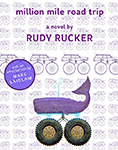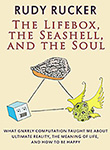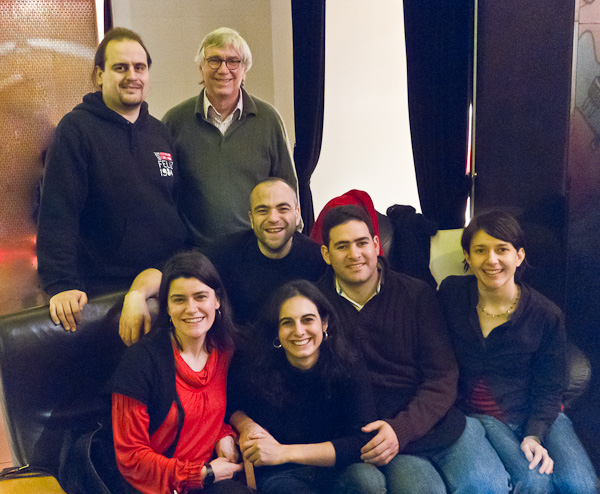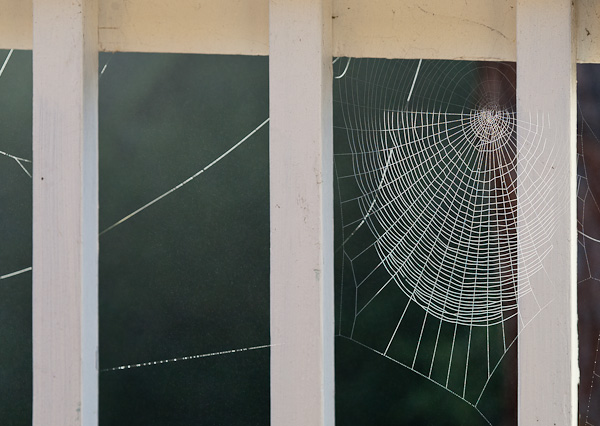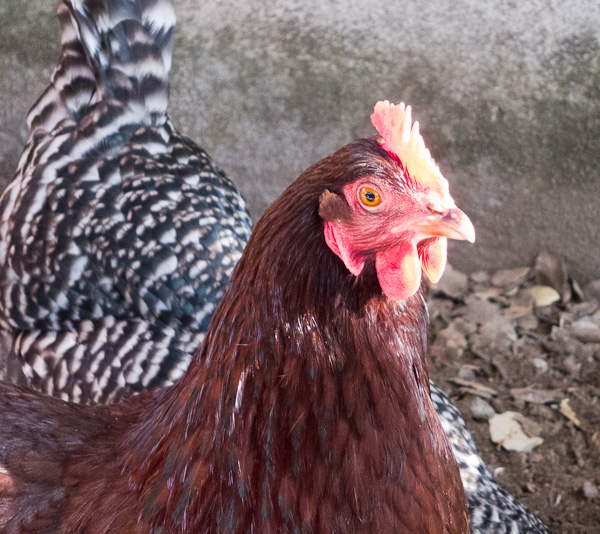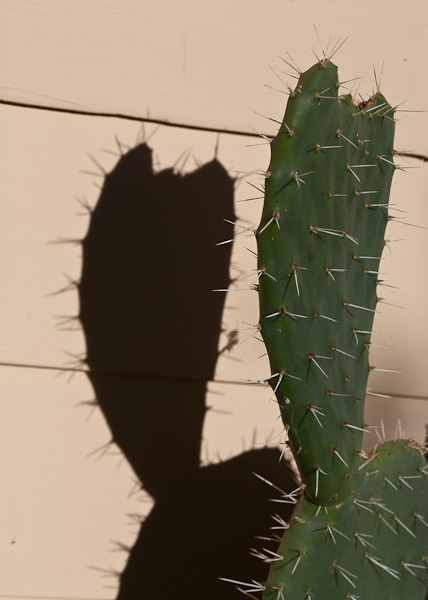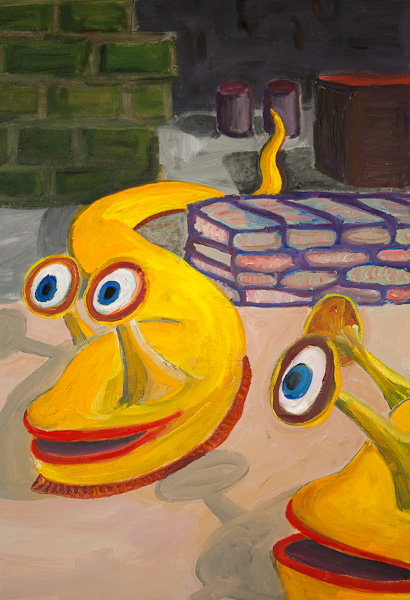My wife Sylvia and I just spent a week in Basque country in the north of Spain, in the towns of Bilbao and San Sebastian. I was there to give a talk for “Garum Day” as mentioned in a previous post. For today’s post I’ll run about half of my pictures, with comments. A few of the pictures are by Sylvia, mostly the ones of me.

Our hotel, the Domine, was right across from the famous Gehry-designed Guggenheim museum in Bilbao. Jeff Koons’s Puppy stands right outside the museum. Some people find this work annoying, but I think it’s cool, a definite heir to the work of Warhol. “Puppy” has quite a presence in person. The locals seem to like it, and the flowers (pansies) get replaced three times a year. There’s a certain camouflage-pattern quality to how the patches of flower colors are arranged—more thought went into the work than one might think.
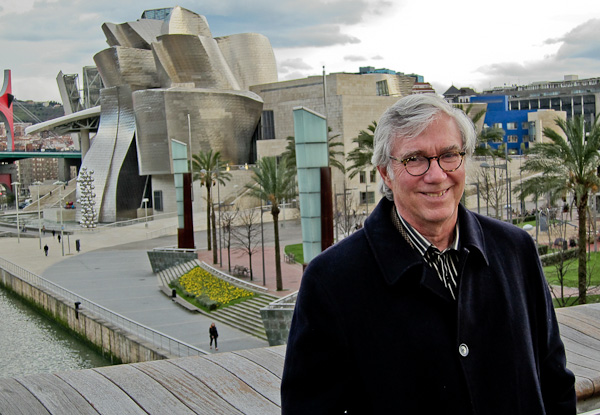
So here I am with the museum itself, the metal skin is titanium, it’s awesome. No one picture really captures the thing.
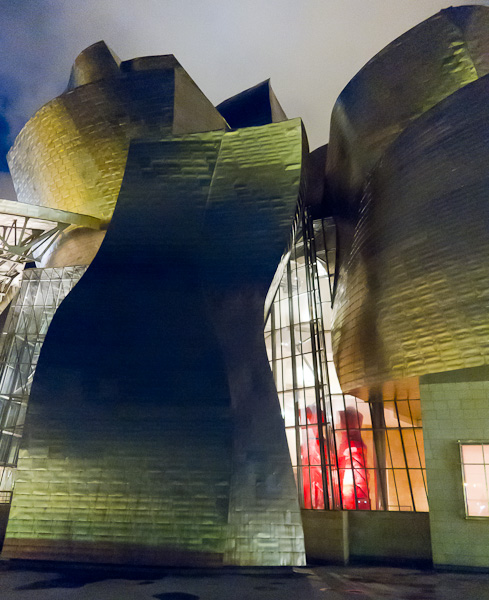
When we got to Bilbao we were jetlagged, and slept till it was dark, and then we walked around the Guggenheim at night. In the back, the buttresses seem like castle ramparts.

There’s a nice old-town section of Bilbao too, of course, including a church that was at one time part of the city wall. A great rose window in the ceiling of one alcove.

This guy was playing great Spanish-style guitar in the street by the cathedral. And dig the woman hurrying by with her cell phone.
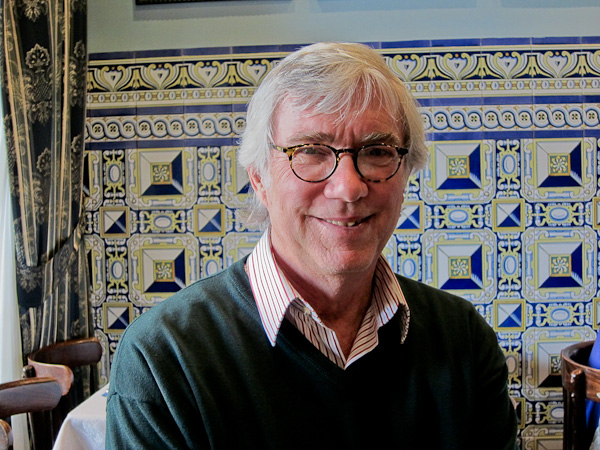
One of our big projects in Bilbao and San Sebastian was seeking out good tapas bars. They call tapas pintxos there, that’s the Basque word for these little canapé-like snacks that are piled on platters in many of the bars. The “tx” is pronounced “tsch”. The place in this photo is the Café-Bar Bilbao, in Plaza Nueva, a really pleasant square. They had good tapas in this place, and I loved the tiles on the walls. But, as any local will tell you the really great tapas is in San Sebastian.
A tricky thing about going out for meals in Spain is the restaurants and cafes mainly serve lunch from 2 to 4 in the afternoon and dinner from 9 to 11 at night. Seriously. Many restaurants aren’t even open before 9 in the evening. It’s a whole different rhythm, but with our jetlag it was a pretty good fit. The thing is, you kind of just do your sedentary evening activities (like lying around reading or cruising the web) before supper.

Bilbao has a little historical and archeological Museo Vasco (Vasco=Basque) museum with an ancient (maybe 200 BC) statue of a pig (or maybe it’s a bull…the locals call it the pig-bull). I couldn’t get into the pig-bulls courtyard to touch him, but he was beautiful as seen through the window with his green grass and the gentle shadow of a little tree beside him.

Another picture of the Guggenheim. The upper pieces of the building—what do you call them, battlements?—blend nicely with the clouds. One of the locals claimed it rains every day in Bilbao. But the sun comes out too.

Our hotel had angled windows that reflected the colors of the Guggenheim and of a big red arch over a bridge next to the Guggenheim.
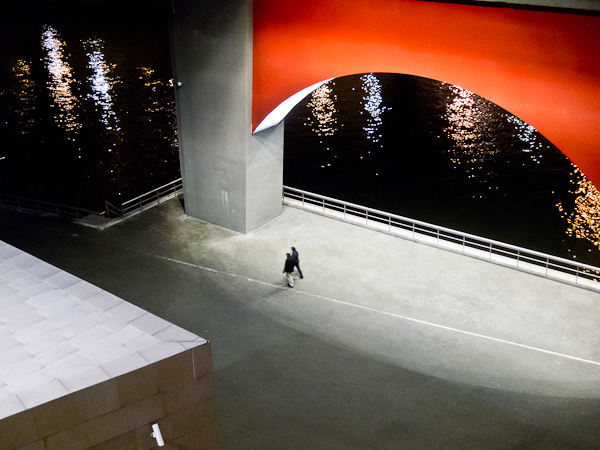
Here’s the red arch at night with people walking along the river below. Gehry ran a long exhibition hall out of the museum that runs under the bridge and holds this collection of really enormous Richard Serra sculptures, a suite called “The Matter of Time.”

I’d never really liked Serra’s work before this trip—in the past it struck me as overbearing and blank. But it was very inspiring to be walking around inside these giant maze-like spirals with their interesting curvatures—some were spherical in the sense of curving the same way in all directions, some were “toroidal” in the sense of curving in two different directions, like a saddle. There’s amazing echoes inside the Serras as well.
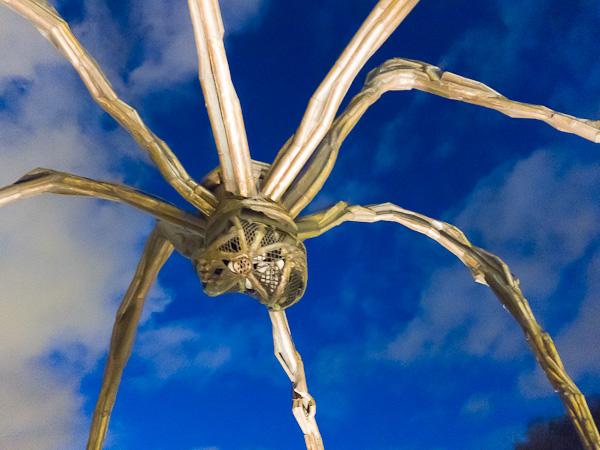
One last photo from Bilbao, and in the next post or two, I’ll show pictures from San Sebastian. What’s this menacing image above? It’s Maman, by Louise Bourgeouis, photographed outside the Guggenheim at night. The jacked-up ISO on my Canon S90’s chip turned the black sky into blue.
And this sculpture is…Mama!?! Eeek. Shades of the spider attack scene in The Incredible Shrinking Man!


